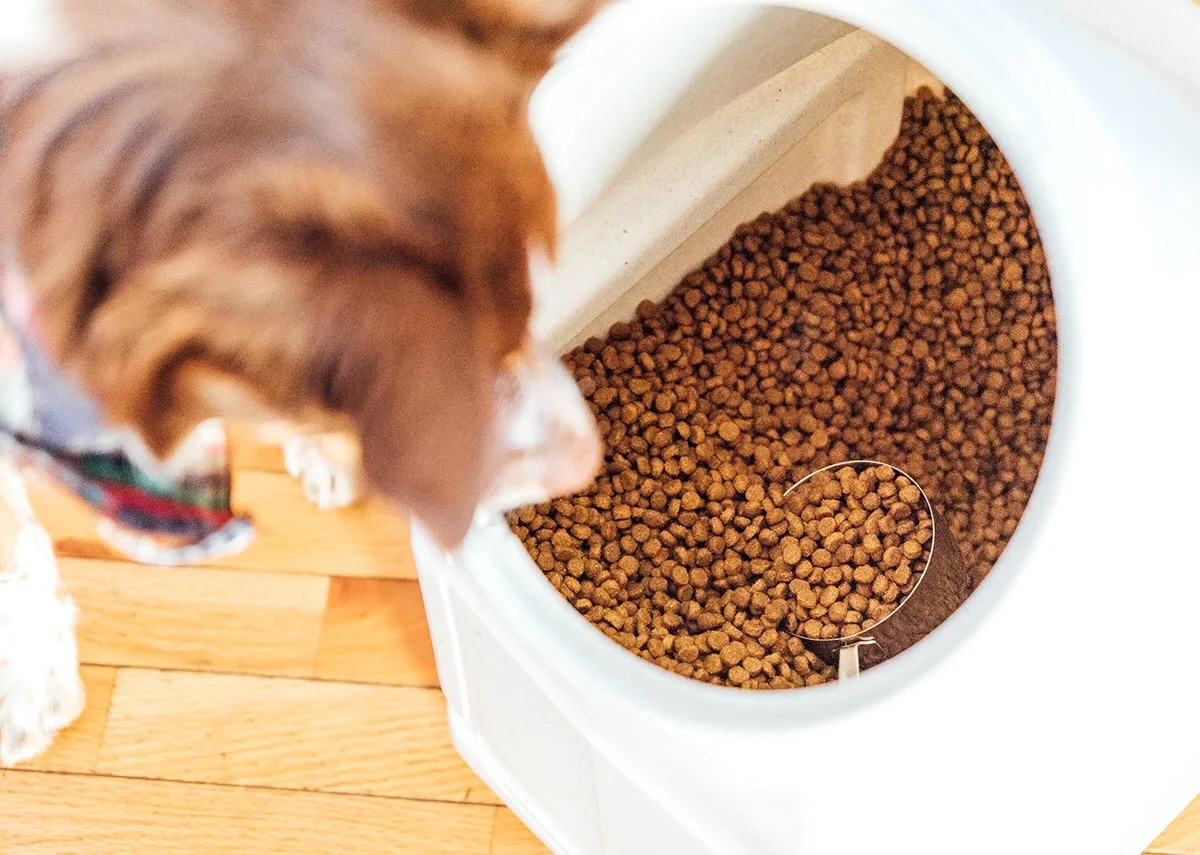

Articles
How To Store Pet Food
Modified: January 6, 2024
Find helpful articles on how to properly store pet food to ensure its freshness and your pet's health. Explore our tips and recommendations now!
(Many of the links in this article redirect to a specific reviewed product. Your purchase of these products through affiliate links helps to generate commission for Storables.com, at no extra cost. Learn more)
Introduction
Welcome to the world of pet ownership! Whether you have a lovable feline companion or an energetic canine friend, one thing is for certain – their health and well-being are of utmost importance. A key aspect of ensuring their vitality is providing them with high-quality, nutritious food. But it doesn’t stop there. How you store their food plays a crucial role in preserving its freshness and preventing potential health risks.
Proper pet food storage is not just about keeping your furry friend’s meals organized; it’s about safeguarding their health and maintaining the nutritional value of the food. In this article, we will explore why proper pet food storage matters and provide you with practical tips on how to store pet food effectively.
Key Takeaways:
- Proper pet food storage is essential for maintaining freshness, preventing contamination, and extending shelf life. Choosing the right container, cleaning, sealing, and monitoring expiry dates are key steps to safeguard your pet’s meals.
- By following proper pet food storage practices, you can ensure your furry friend receives nutritious and safe meals. From choosing the right container to monitoring expiry dates, each step plays a crucial role in maintaining the quality and freshness of your pet’s food.
Read more: How To Store Pet Milk After Opening
Why Proper Pet Food Storage Matters
Proper pet food storage is essential for several reasons:
- Freshness: Just like with human food, pet food can become stale and lose its nutritional value over time. By properly storing your pet’s food, you can ensure its freshness, preserving the taste and essential nutrients.
- Hygiene: Keeping your pet’s food in the right conditions can prevent the growth of harmful bacteria, which can lead to foodborne illnesses. Proper storage practices help maintain the food’s hygiene, reducing the risk of contamination.
- Prolonged Shelf Life: Pet food, especially dry kibble, typically has a longer shelf life. However, exposure to air, light, and moisture can speed up the degradation process. By storing it correctly, you can extend the shelf life of the food, saving you money in the long run.
- Pest Prevention: Storing pet food improperly can attract unwanted pests like ants, rodents, and insects. These critters not only contaminate the food but can also cause damage to your home. By adopting proper storage practices, you can minimize the risk of pest infestations.
Now that we understand the importance of proper pet food storage, let’s delve into some practical tips to help you keep your pet’s food fresh, safe, and nutritious.
Choosing the Right Container
The first step in proper pet food storage is selecting the right container. Here are some factors to consider:
- Airtightness: Opt for containers with a tight-fitting lid or seal to prevent air from entering, which can lead to oxidation and spoilage of the food. Airtight containers also help keep the food’s aroma contained, reducing the risk of attracting pests.
- Material: Choose containers made from food-grade materials such as plastic, stainless steel, or glass. Make sure the container is BPA-free and non-toxic to avoid any potential chemical leaching into the food.
- Size and Capacity: Consider the amount of pet food you usually purchase and the space you have available for storage. Select a container that can accommodate the entire bag or can of pet food to prevent the need for partial bags or cans, which can introduce moisture and reduce freshness.
- Easy to Clean: Look for containers that are easy to clean to ensure hygienic storage. Containers with removable lids or wide openings make cleaning and refilling more convenient.
- Opaque or UV-Protected: Light can degrade the quality of pet food. Choose containers that are opaque or have a UV-protective coating to shield the food from light exposure.
Remember, it’s crucial to clean and sanitize the container before using it for pet food storage. Any residue or odors from previous contents can contaminate the new food and compromise its freshness.
Now that you have chosen the right container, let’s explore how to clean and sanitize it effectively.
Cleaning and Sanitizing
Proper cleaning and sanitizing of the pet food container is crucial for maintaining food safety. Follow these steps to ensure a clean and hygienic storage container:
- Empty and Dispose: Empty any remaining food from the container and dispose of it properly.
- Wash with Warm Water: Rinse the container with warm water to remove any leftover food particles.
- Mild Detergent: Use a mild dish detergent to wash the container thoroughly. Pay attention to corners, crevices, and the inside of the lid. Use a sponge or brush to scrub away any residue.
- Rinse Well: After washing, rinse the container with warm water to remove any remaining soap residue.
- Dry Completely: Allow the container to air dry completely before adding fresh food. Moisture can promote the growth of mold and bacteria, compromising the quality of the pet food.
- Sanitize: Periodically sanitize the container to kill any lingering bacteria or odors. You can use a mixture of water and white vinegar, hydrogen peroxide, or a pet-safe disinfectant spray. Follow the instructions provided with the disinfectant for proper application and duration.
Regularly cleaning and sanitizing the pet food container ensures that it remains free from harmful bacteria and contaminants, maintaining the freshness and quality of the food.
Now that we have a clean container, let’s move on to the next important aspect of proper pet food storage: choosing the right storage location.
Proper Storage Location
Choosing the right storage location for your pet’s food is essential to maintain its quality and freshness. Here are some considerations to keep in mind:
- Cool and Dry: Select a storage location that is cool and dry to prevent the food from spoiling. Avoid areas that are exposed to direct sunlight or prone to humidity, as these conditions can accelerate the degradation of the food.
- Away from Heat Sources: Keep the pet food container away from heat sources such as stoves, ovens, or heaters. Heat can promote the growth of bacteria and compromise the quality of the food.
- Out of Reach: Store the pet food in a location that is inaccessible to your pets. While they may be tempted to get to the food, it’s important to prevent them from accessing it freely, as they may overeat or contaminate the food.
- Avoid Moisture: Ensure that the storage location is free from moisture, as it can lead to mold growth and spoilage of the pet food. Avoid storing the food near sinks, laundry areas, or damp basements.
- Consistent Temperature: Fluctuating temperatures can affect the quality and freshness of the pet food. Choose a storage location with a consistent temperature to ensure optimal preservation.
- Proximity to Feeding Area: Store the pet food container near the designated feeding area for convenience. This allows easy access to the food during mealtimes.
By selecting an appropriate storage location, you can help prolong the shelf life of the pet food and maintain its nutritional value.
Next, let’s discuss the importance of sealing and securing the food to prevent potential issues.
Store pet food in a cool, dry place, away from direct sunlight and moisture. Keep the food in its original packaging or airtight containers to maintain freshness and prevent pests. Always check the expiration date and use older food first.
Read more: How To Care For Pet Grass
Sealing and Securing the Food
Properly sealing and securing your pet’s food is crucial for maintaining its freshness and protecting it from pests. Here are some tips to ensure the food remains safe and uncontaminated:
- Use the Original Packaging: If possible, keep the pet food in its original packaging. These bags or cans are often designed to preserve the food’s freshness. If you choose to transfer the food to a different container, make sure it has an airtight seal.
- Check the Seal: Inspect the packaging or container’s seal to make sure it is intact and functional. A damaged or compromised seal can allow air, moisture, and pests to enter, compromising the quality of the food.
- Closed Lid: Always ensure that the container’s lid is tightly closed after each use. This helps to maintain an airtight environment and prevents pests from accessing the food.
- Store in Small Portions: If you purchase pet food in bulk, consider dividing it into smaller portions before storing. This reduces the frequency of opening and closing the container, minimizing air exposure and maintaining freshness.
- Use Clips or Sealing Devices: If you only need to pour out a portion of the pet food at a time, use clips or sealing devices to secure the package. These help to keep the remaining food fresh and prevent spills or pests from entering.
- Label and Date: If you transfer the food to a different container, label it with the type of food and the date of purchase. This allows you to keep track of the food’s freshness and rotation, ensuring you use older food first.
By properly sealing and securing the pet food, you can maintain its quality, prolong its shelf life, and minimize the risk of contamination.
Now that we have covered the importance of sealing and securing the food, let’s move on to an equally important aspect of pet food storage – monitoring expiry dates.
Monitoring Expiry Dates
Just like human food, pet food also has an expiry date. Monitoring and adhering to these dates is essential for maintaining the quality and safety of the food. Here’s what you need to know:
- Check the Expiry Date: When purchasing pet food, always check the expiry date on the packaging. Ensure that you choose products with longer shelf lives to minimize the risk of the food expiring before it is consumed.
- First In, First Out (FIFO): Practice the “First In, First Out” method when storing pet food. This means using older food before newer ones. By doing so, you can prevent food from expiring and going to waste.
- Rotate Stock Regularly: Occasionally go through your pet food storage and check for expired or expiring items. Remove any expired food and replace it with fresh ones. This helps to maintain optimal freshness and quality.
- Don’t Purchase Excessive Amounts: Avoid buying excessive amounts of pet food that your pet cannot consume before it expires. This reduces the likelihood of food going to waste and ensures your pet always has fresh food available.
- Observe Changes in Quality: Even if a pet food hasn’t reached its expiry date, monitor any changes in its quality. If you notice any signs of spoilage, such as strange odors, mold, or unusual discoloration, discard the food immediately.
By regularly monitoring expiry dates, rotating stock, and using the oldest food first, you can ensure that your pet always consumes fresh, safe, and nutritious food.
Now that we have discussed the importance of monitoring expiry dates, let’s move on to another critical aspect of pet food storage – preventing pest infestations.
Preventing Pest Infestations
Pests can be a common nuisance when it comes to pet food storage. To keep your pet’s food safe from infestations, follow these preventive measures:
- Store in Secure Containers: Use airtight containers made of durable materials to prevent pests from accessing the food. Make sure the containers have a tight seal and are not susceptible to damage from pests.
- Elevate the Food: Store the pet food containers off the ground to make it harder for pests to reach. Place them on shelves or use storage bins with legs to create a physical barrier.
- Keep the Storage Area Clean: Regularly clean the storage area to remove any crumbs or spills that may attract pests. Wipe down surfaces, vacuum or sweep the floor, and remove any potential food sources in the vicinity.
- Seal Entry Points: Inspect the storage area for any openings or gaps that pests could use to enter. Seal cracks, crevices, and holes to prevent unwanted guests from getting inside.
- Ensure Proper Trash Disposal: Dispose of pet food bags or cans properly, making sure they are tightly sealed in a trash bin with a secure lid. This prevents pests from being attracted to the scent of discarded food.
- Regularly Inspect for Signs of Infestation: Keep an eye out for any signs of pest activity such as droppings, gnaw marks, or strange noises in the storage area. If you suspect an infestation, take immediate action to eliminate the pests and protect the food.
By implementing these preventive measures, you can safeguard your pet’s food from unwanted pests and ensure that they are consuming safe and uncontaminated meals.
Now that we have covered the importance of preventing pest infestations, let’s move on to some additional tips for preparing and portioning pet food.
Tips for Preparing and Portioning Pet FoodProperly preparing and portioning your pet’s food is essential for their health and well-being. Here are some tips to help you in this process:
- Follow Feeding Guidelines: Read and follow the feeding guidelines provided by the pet food manufacturer. These guidelines are based on the specific nutritional needs of your pet.
- Weigh the Food: Use a kitchen scale to accurately measure the amount of food you are feeding your pet. This ensures that you are providing them with the appropriate portion size according to their age, size, and activity level.
- Divide Meals into Servings: If you are feeding your pet multiple meals throughout the day, divide the daily portion into individual servings. This helps to prevent overeating and ensures that the food remains fresh.
- Store Prepared Meals Properly: If you prepare meals for your pet in advance, store them in airtight containers in the refrigerator. Label the containers with the date to keep track of their freshness and use them within the recommended timeframe.
- Limit Food Exposure to Air: When portioning out your pet’s food, minimize the time it is exposed to air. This helps to maintain its freshness and prevent the food from drying out.
- Stay Consistent: Establish a consistent feeding routine for your pet. Feed them at the same times each day and provide them with consistent portion sizes. This helps with digestion and weight management.
- Monitor their Weight and Adjust as Needed: Keep an eye on your pet’s weight and body condition. If they are gaining or losing weight, consult with your veterinarian to adjust their food portions accordingly.
By following these tips for preparing and portioning your pet’s food, you can ensure that they receive the appropriate nutrition and maintain a healthy weight.
Now that we have covered these important tips, let’s summarize the key points and conclude this article.
Read more: How To Install Turf For Pets
Conclusion
Proper pet food storage is crucial for maintaining the freshness, quality, and safety of your furry friend’s meals. By following the guidelines outlined in this article, you can ensure that your pet’s food remains nutritious and free from contamination.
Choosing the right container, cleaning and sanitizing it regularly, and storing it in a cool and dry location are essential steps to preserve the food’s freshness. Sealing and securing the food, monitoring expiry dates, and preventing pest infestations are equally important to protect the food from spoilage and potential health risks.
Additionally, proper preparation and portioning of pet food help maintain your pet’s overall health and weight. By following feeding guidelines, using proper portion sizes, and storing prepared meals correctly, you can ensure that your pet receives the appropriate nutrition and enjoys their meals.
Remember, your pet’s food is not just sustenance – it is an essential part of their well-being. Implementing proper pet food storage practices will help provide them with the best nutrition and keep them healthy and happy.
Take the time and effort to store your pet’s food correctly, and you will reap the reward of a healthy and content companion.
Frequently Asked Questions about How To Store Pet Food
Was this page helpful?
At Storables.com, we guarantee accurate and reliable information. Our content, validated by Expert Board Contributors, is crafted following stringent Editorial Policies. We're committed to providing you with well-researched, expert-backed insights for all your informational needs.
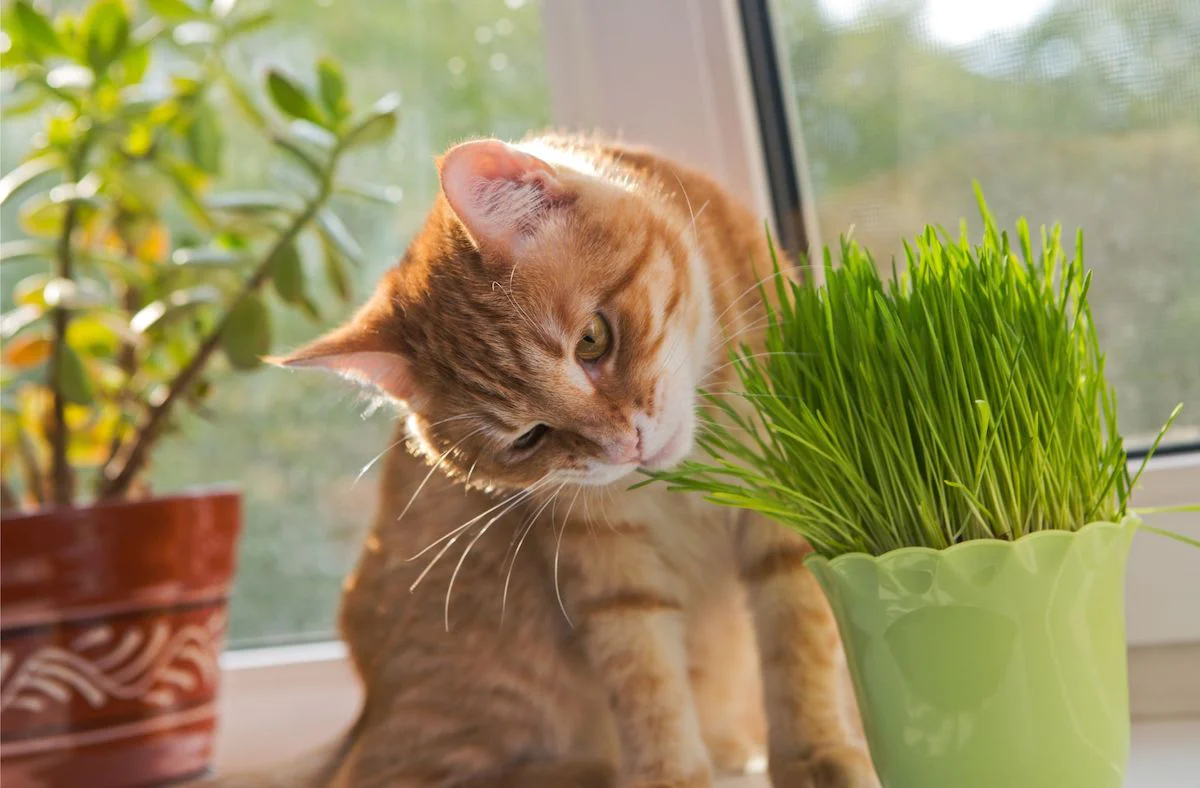
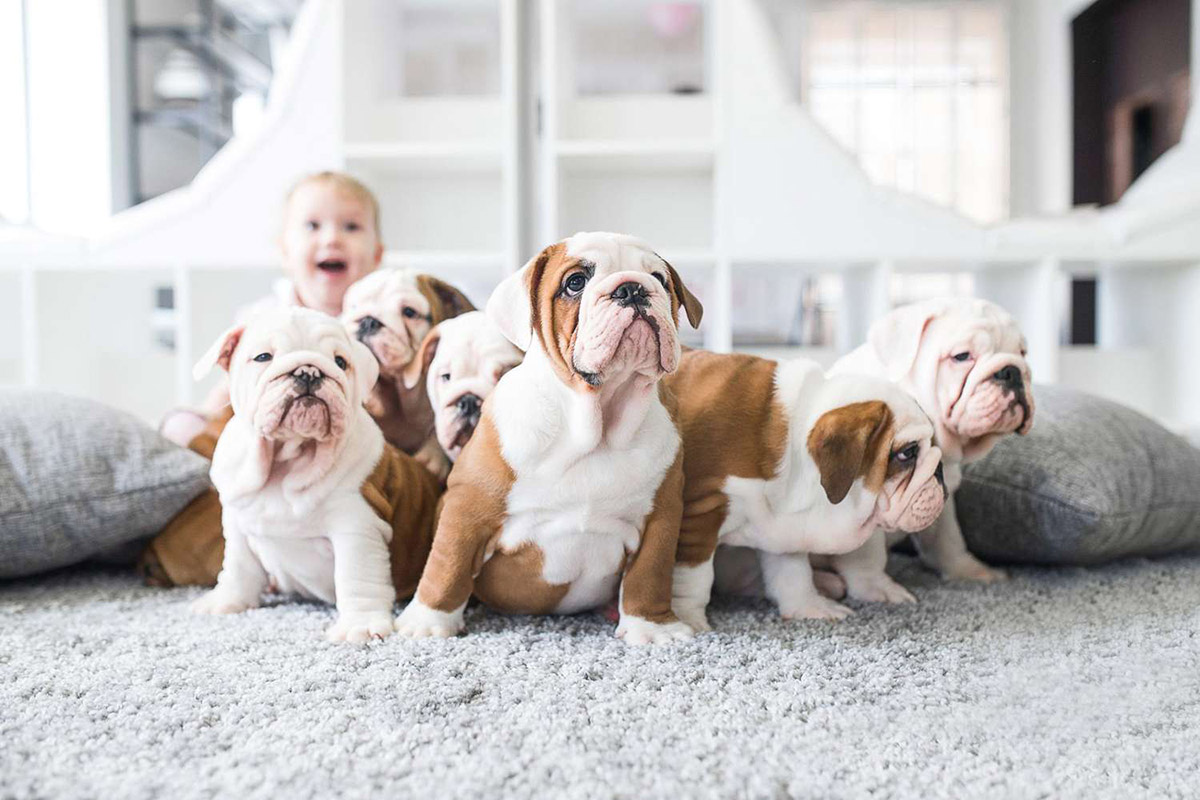
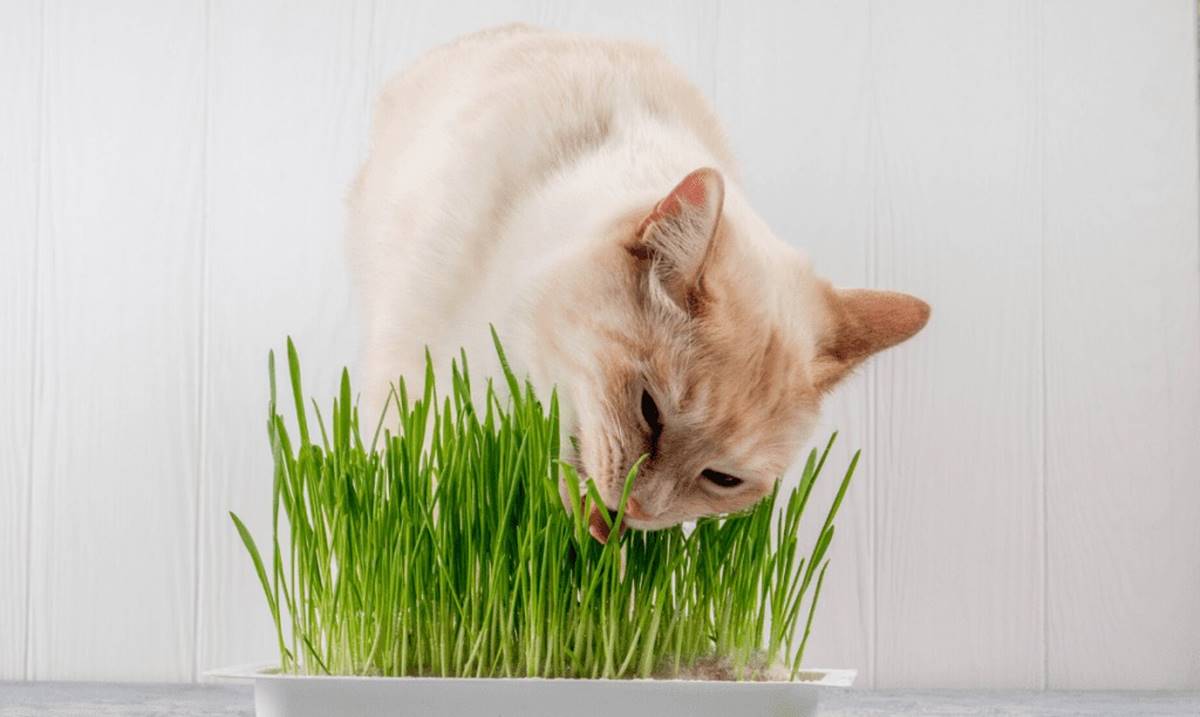
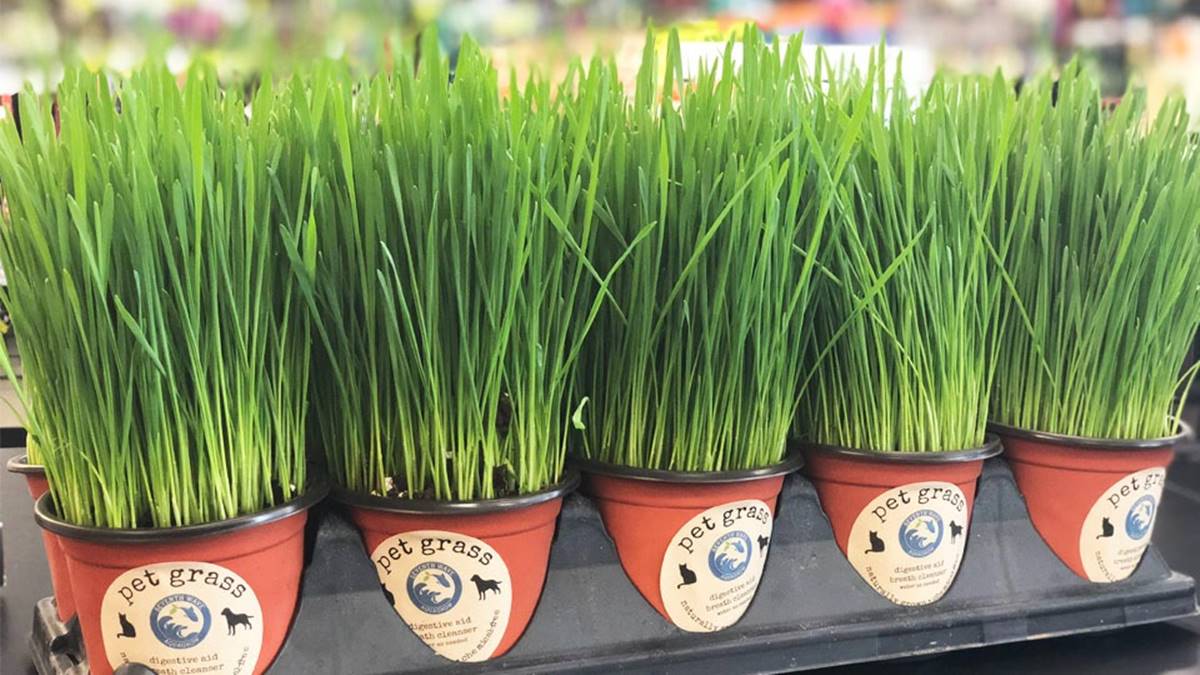
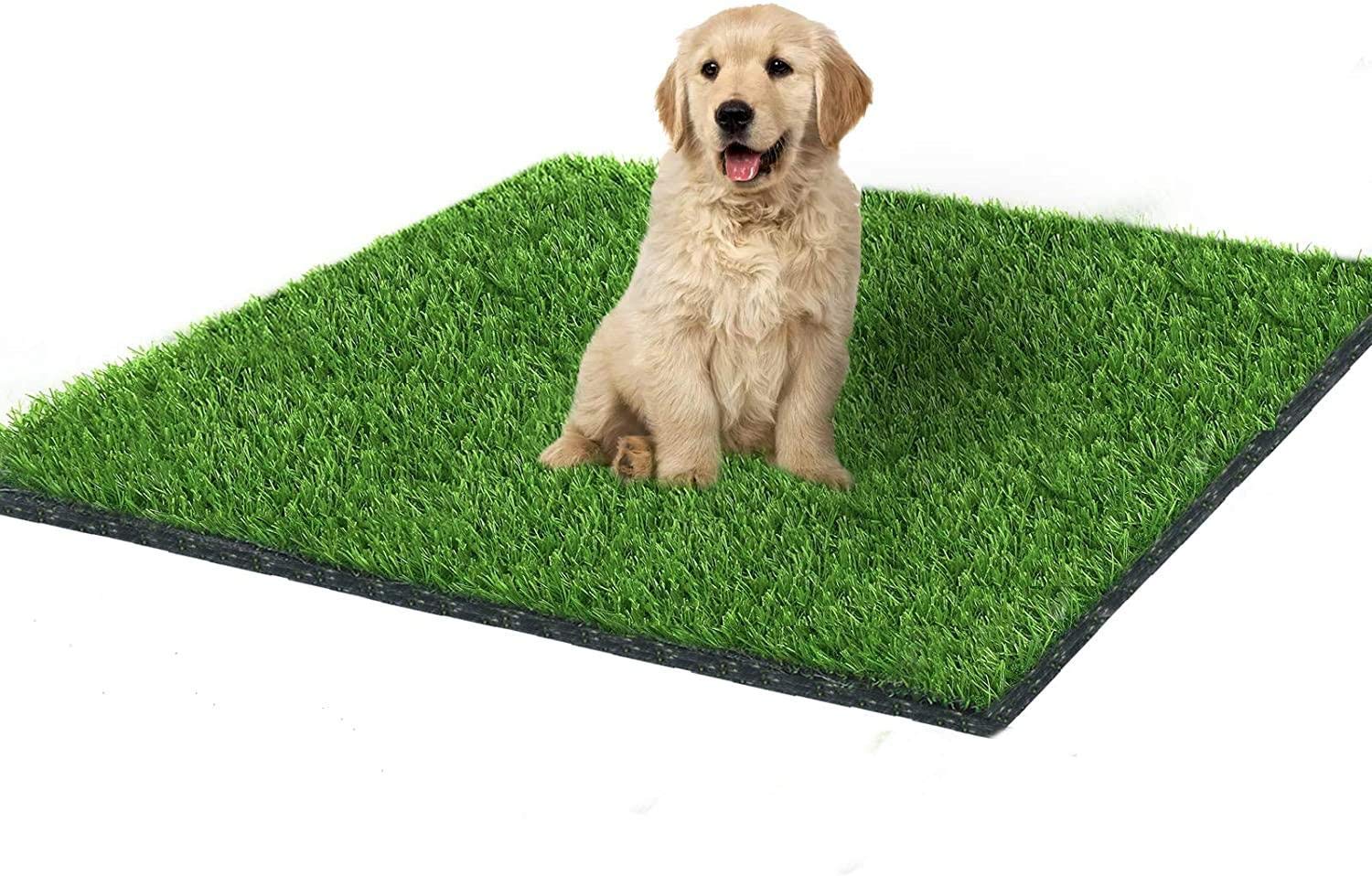
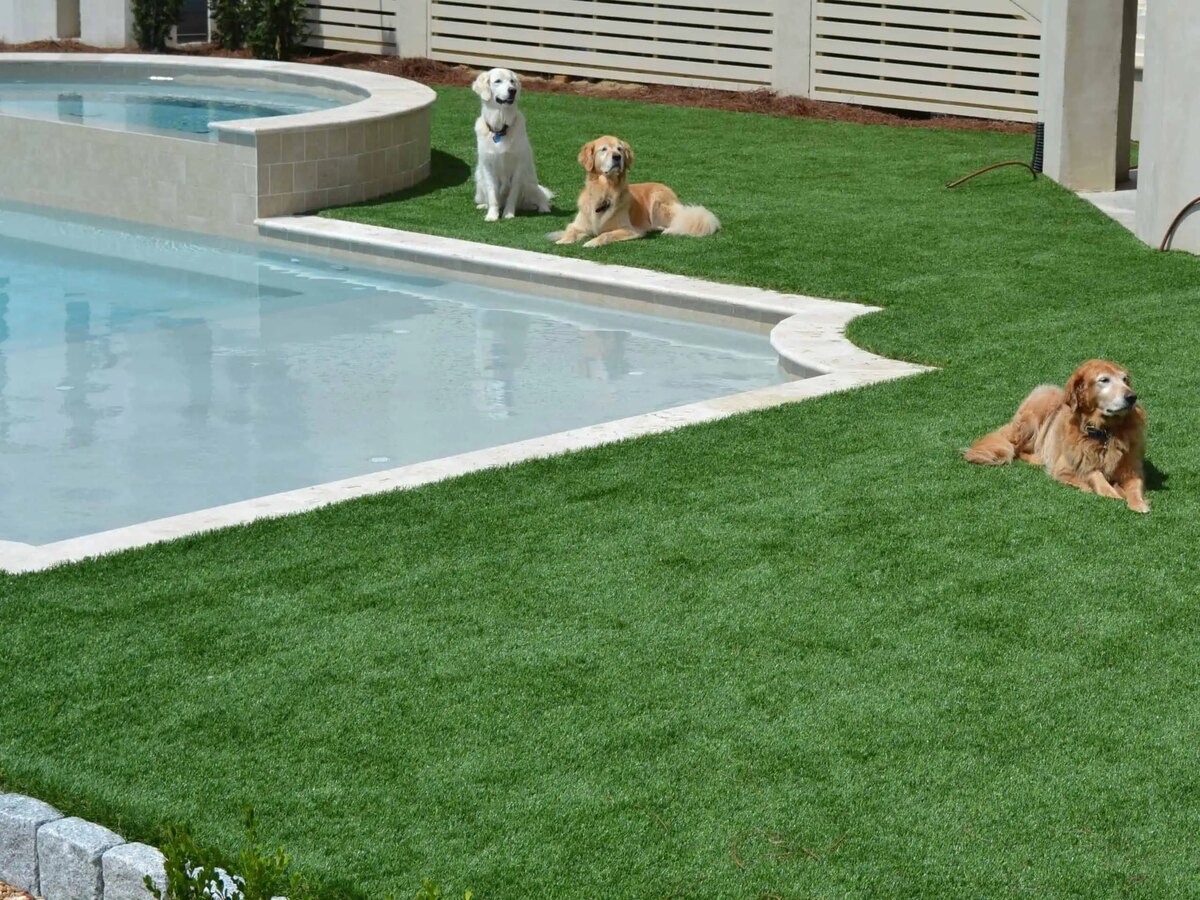
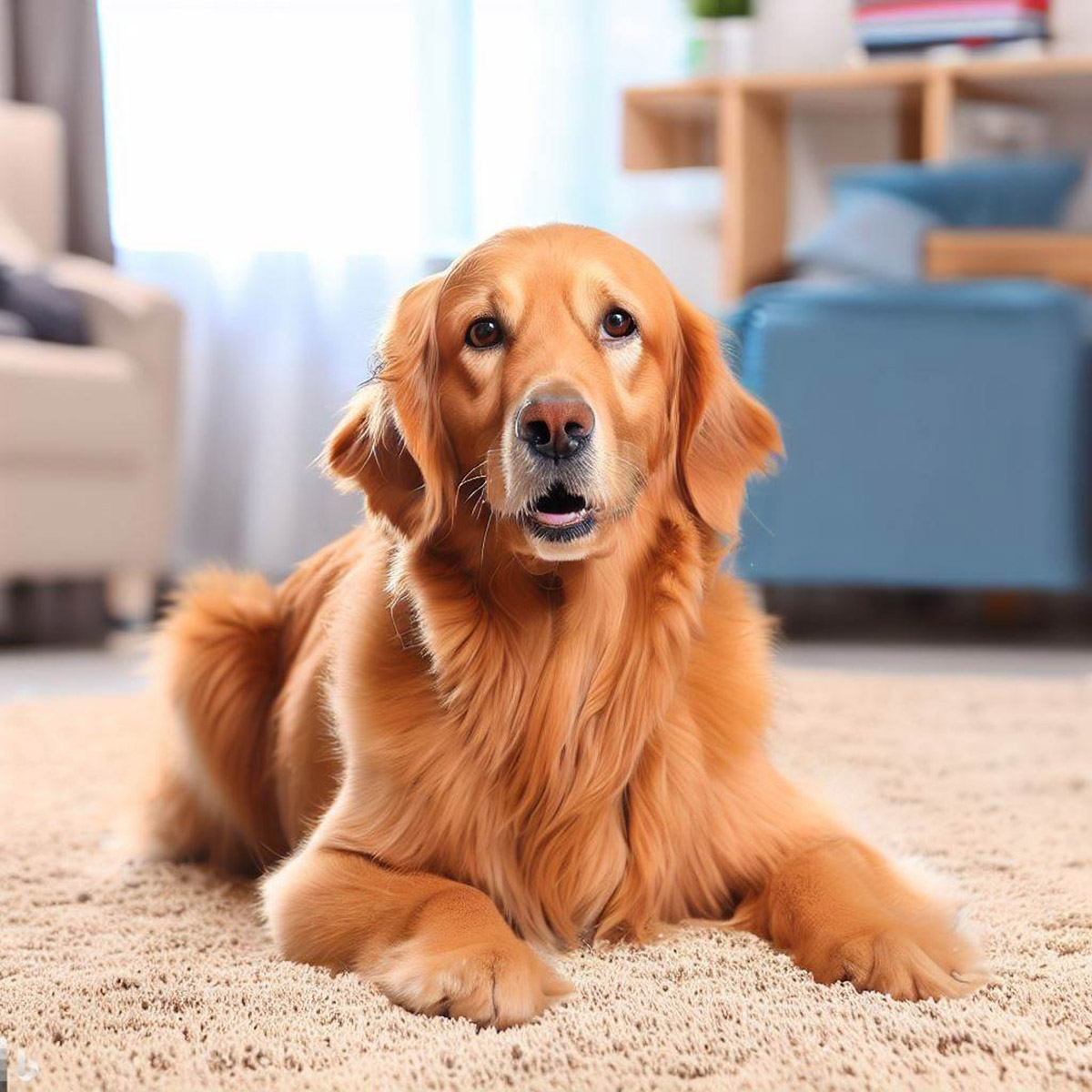
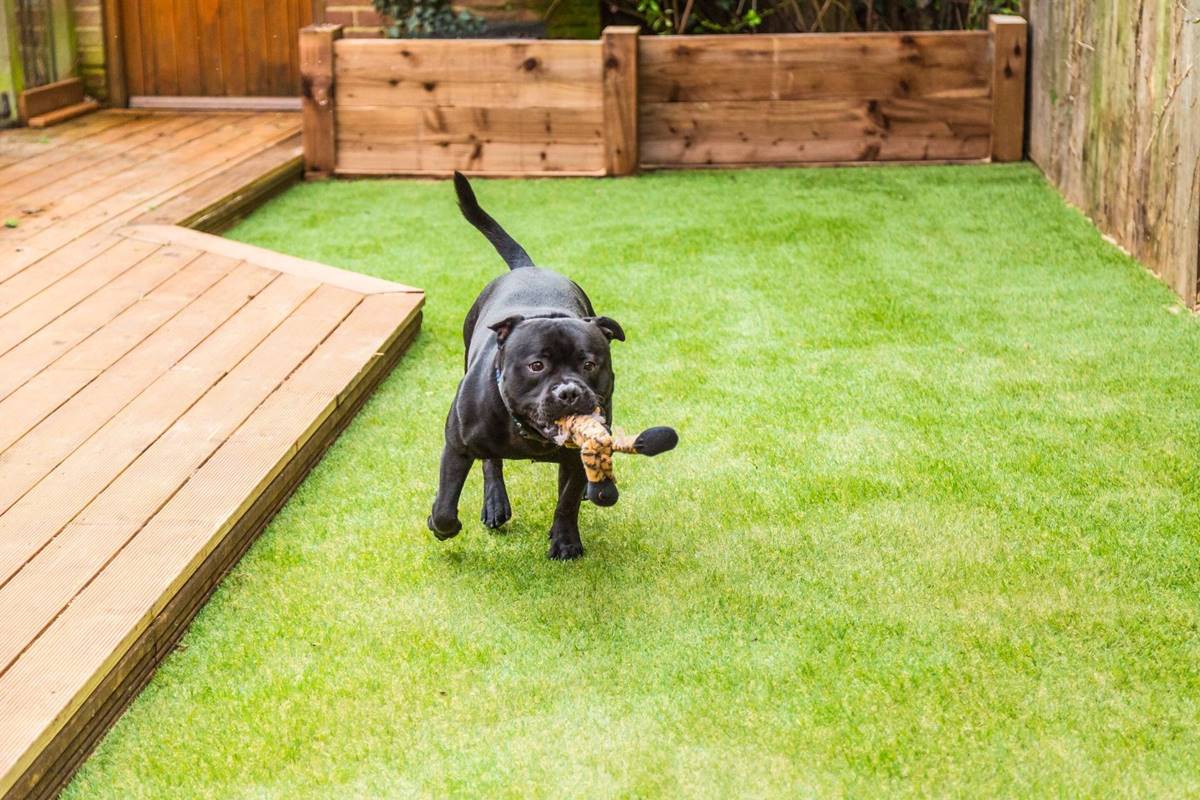
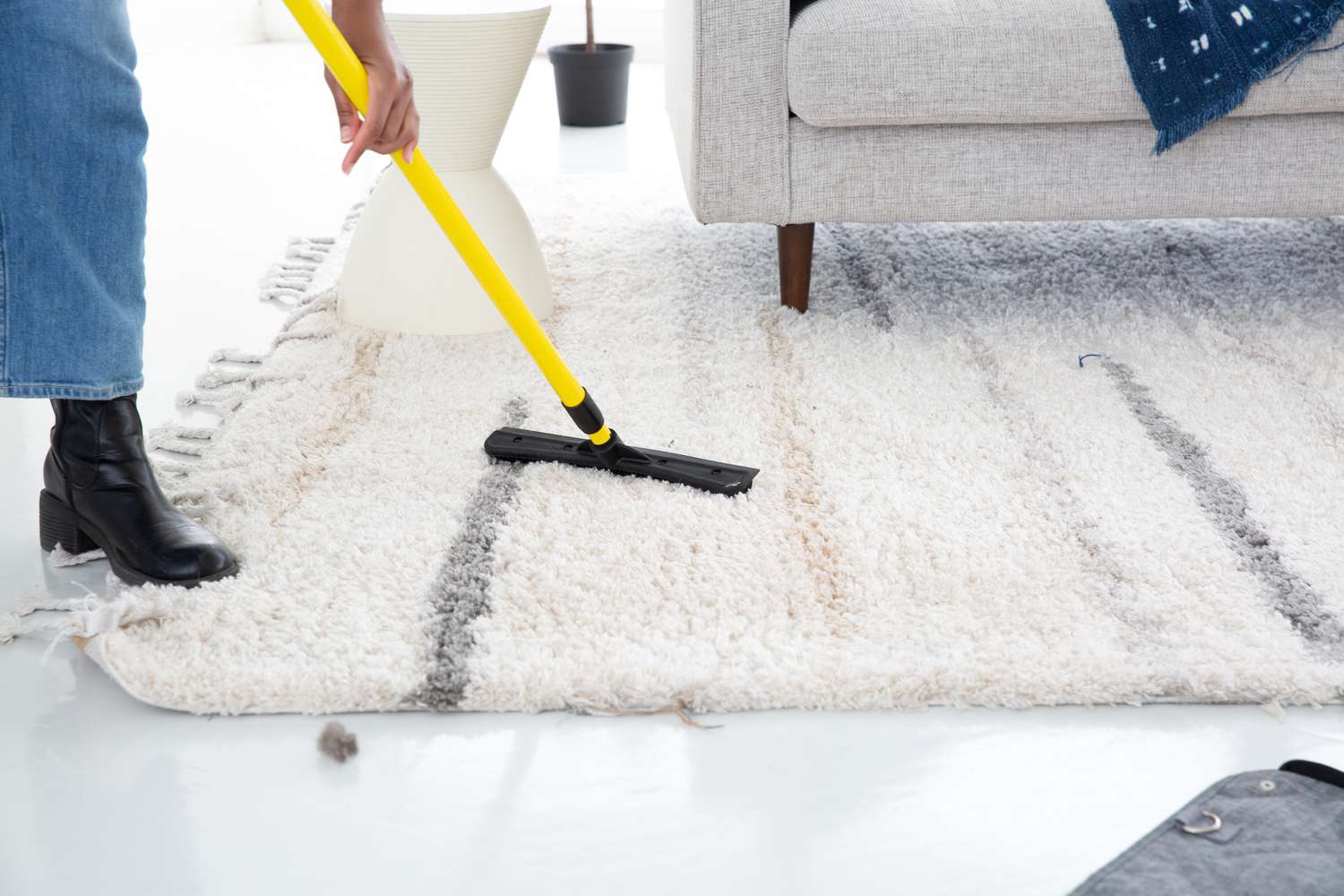
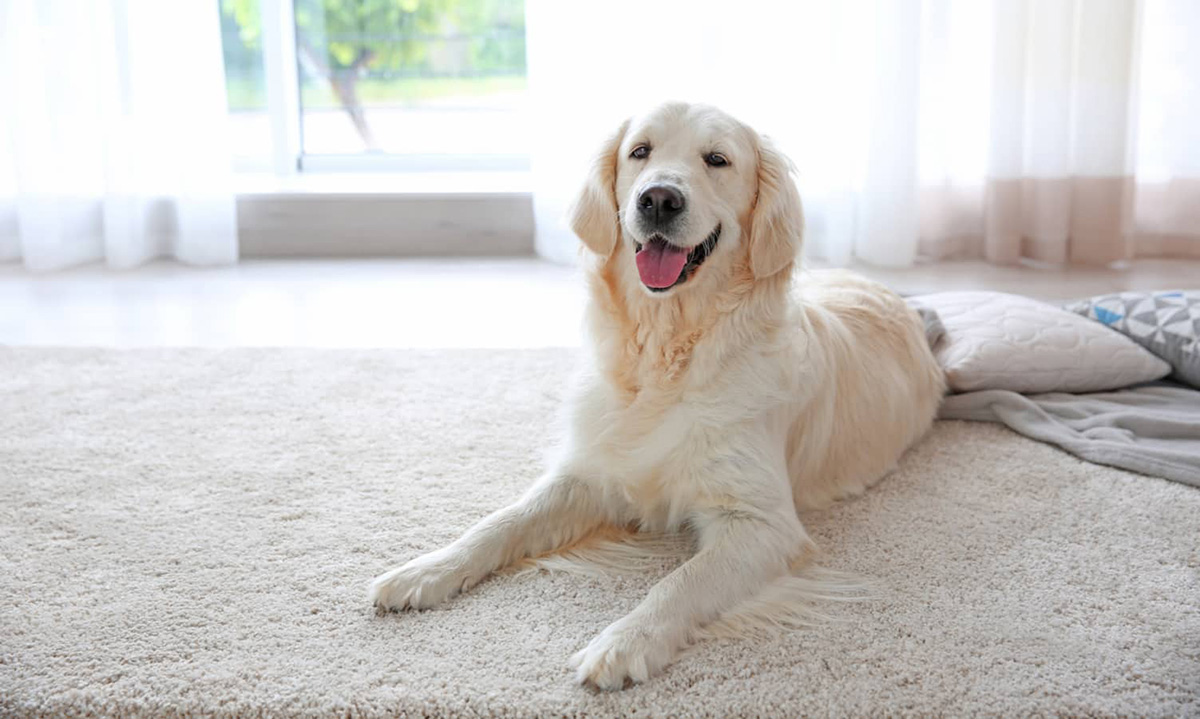
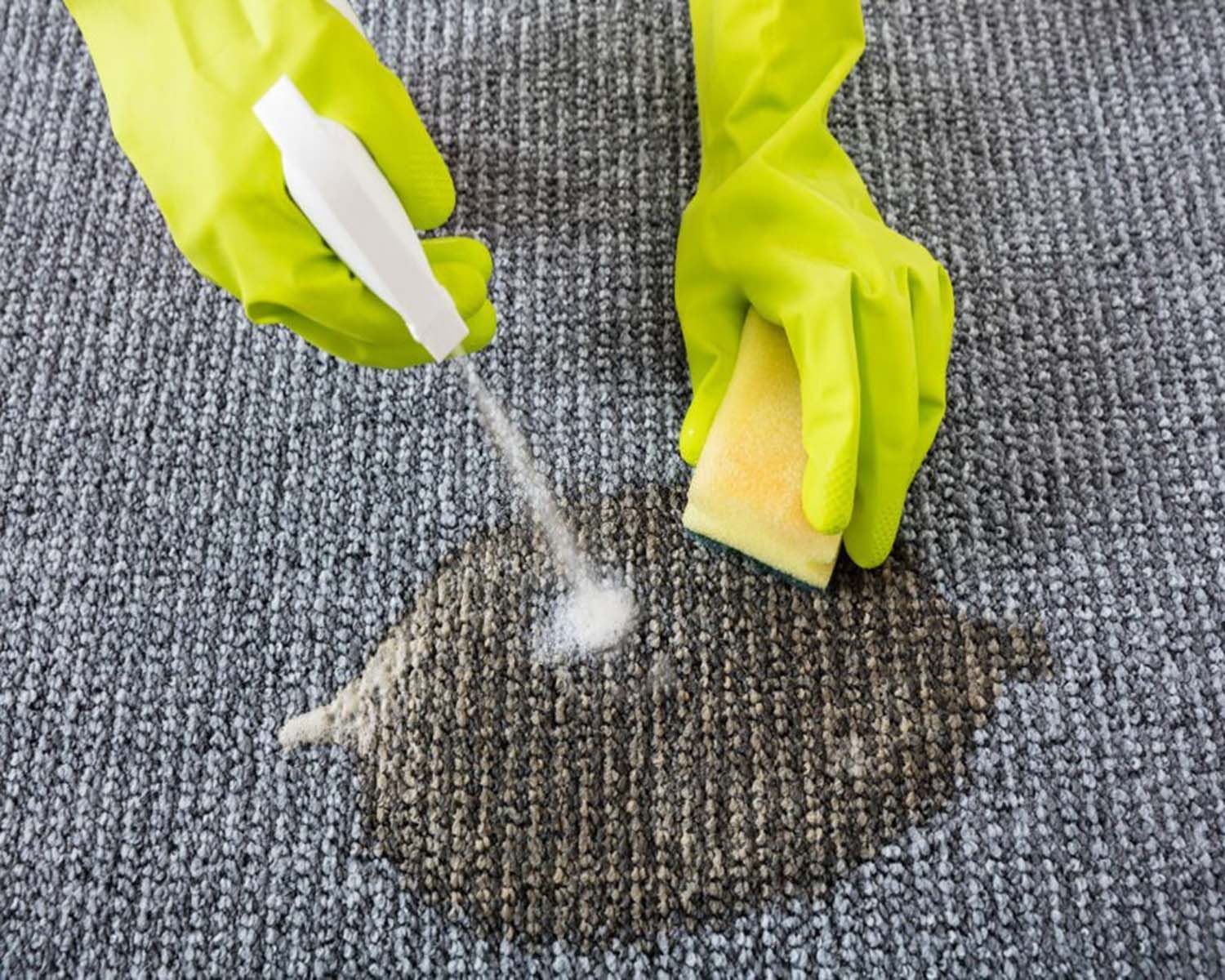
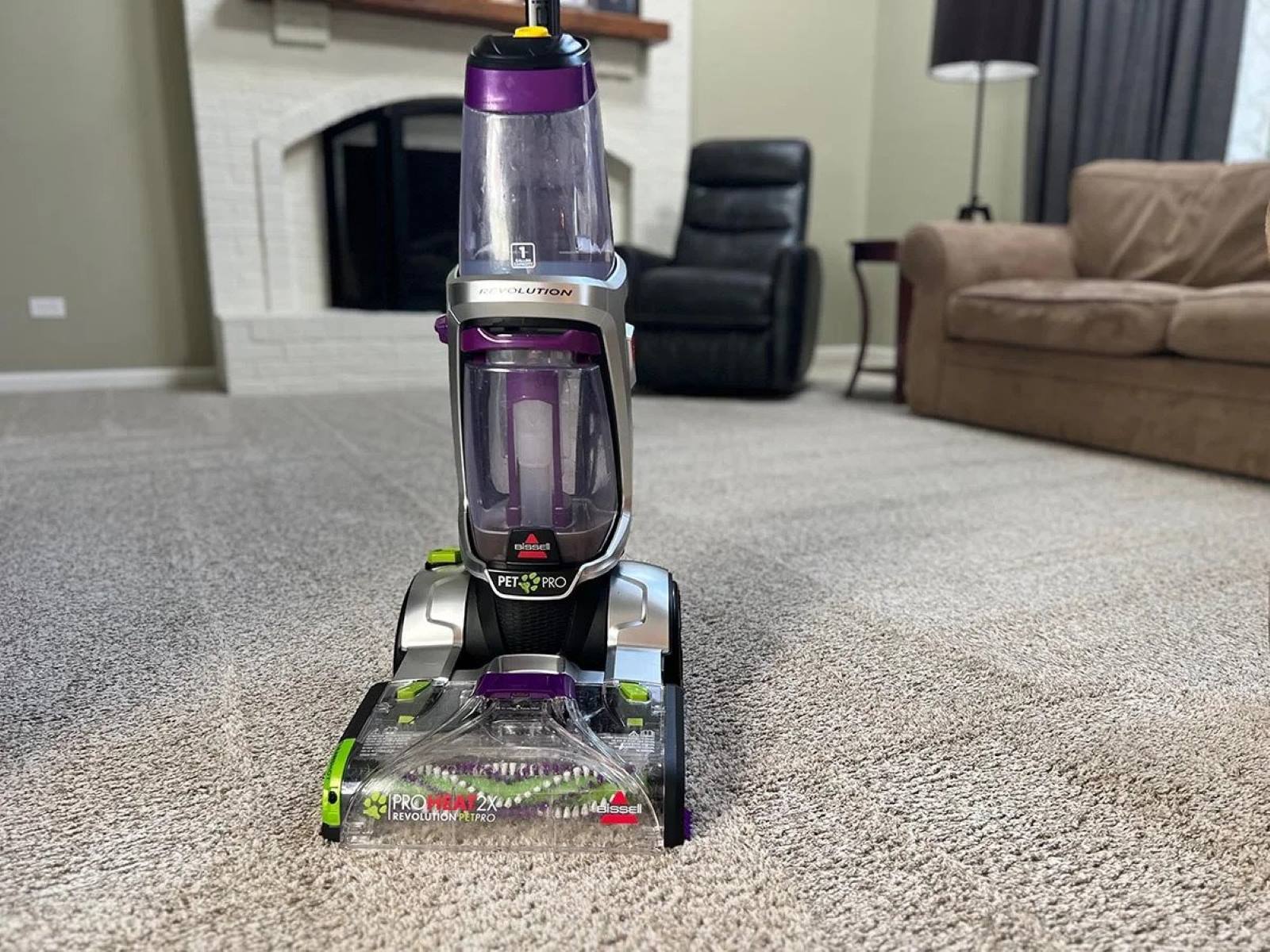
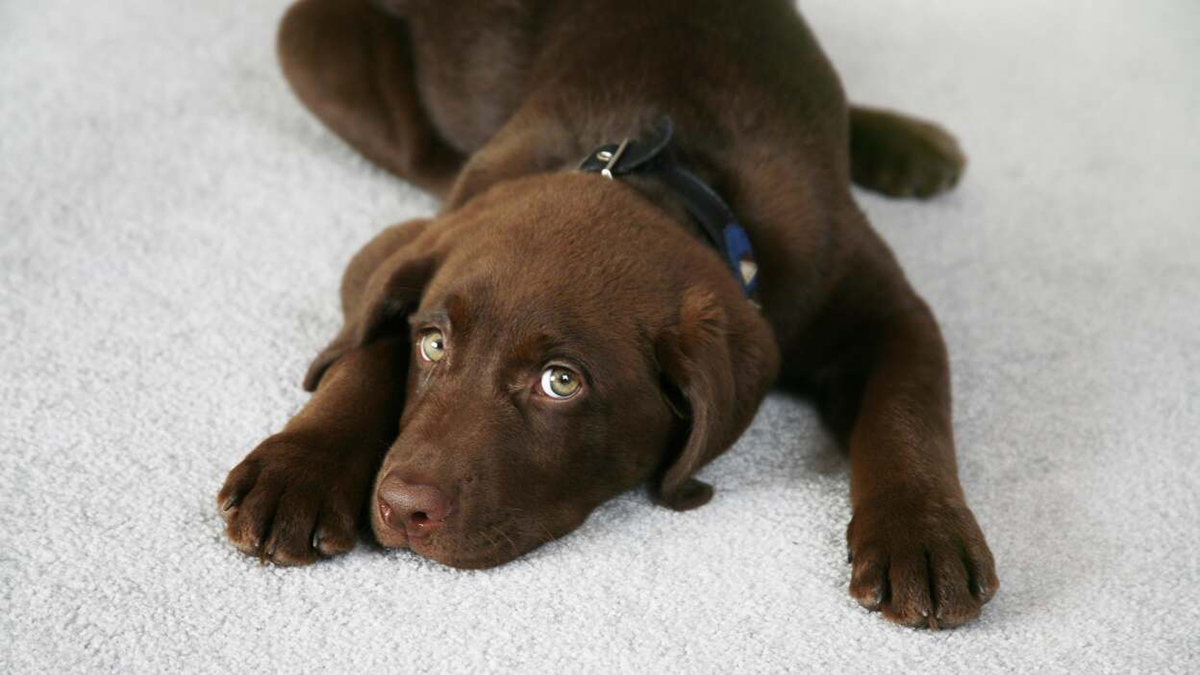

0 thoughts on “How To Store Pet Food”